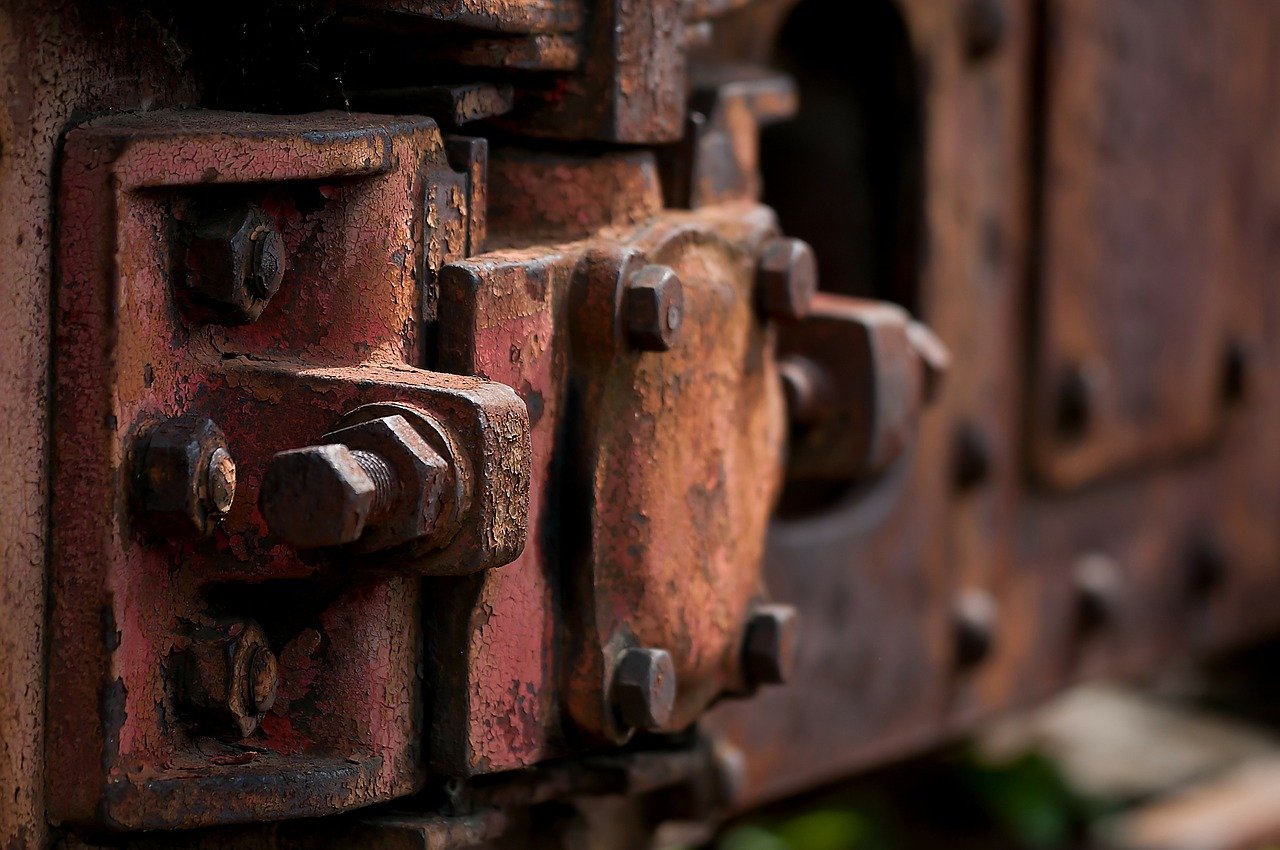Can Corrosion on Metals Actually Increase Durability?

Rust is a sign of reaction taking place on the surface of metals, and usually, it is invasive and corrosive, so engineers intervene to stop it from eating and etching the metal. That is except for the protective film that is formed on some types of steel, used predominately in construction. But what happens with cracks?
In a new paper that was published under the name “Dissolution at a Ductile Crack Tip”, researchers have demonstrated that a little corrosion may actually be a good thing. As the paper details, large fractures in structural alloys can be controlled at the atomic scale, and removing additional surface material can effectively inhibit the propagation and growth of the crack.
The researchers simulated various 2D models and material removal methods and concluded that the sharper the crack tip is the worse it will get if left untreated.
Dissolution-induced-blunting was found to have a crack arresting effect, and the simplest way to introduce this corrosion to the crack would be to just let it rust a little bit. This is enough to blunt the cracks, but of course, there’s no reason to let the process go out of control.
The leader of the researching team signing the paper says that this same principle applies to human bones, where osteoclasts dissolve bone tissue around fractures to promote growth and resist propagation.
The study was funded by the Office of Naval Research, which has a keen interest in learning more about crack formation, propagation, and methods to stop the inevitable process.
Fighter aircraft landing on carriers oftentimes do so quite forcibly, so cracks are formed. Then, the aircraft is parked under the Sun, whipped by saltwater, and steadily corroded. If that corrosion plays a beneficial role, after all, the Office of Naval Research would like to know the specifics of it like where the threshold of the benefits ends and where real decay begins.

 Tech Steel & Materials
Tech Steel & Materials